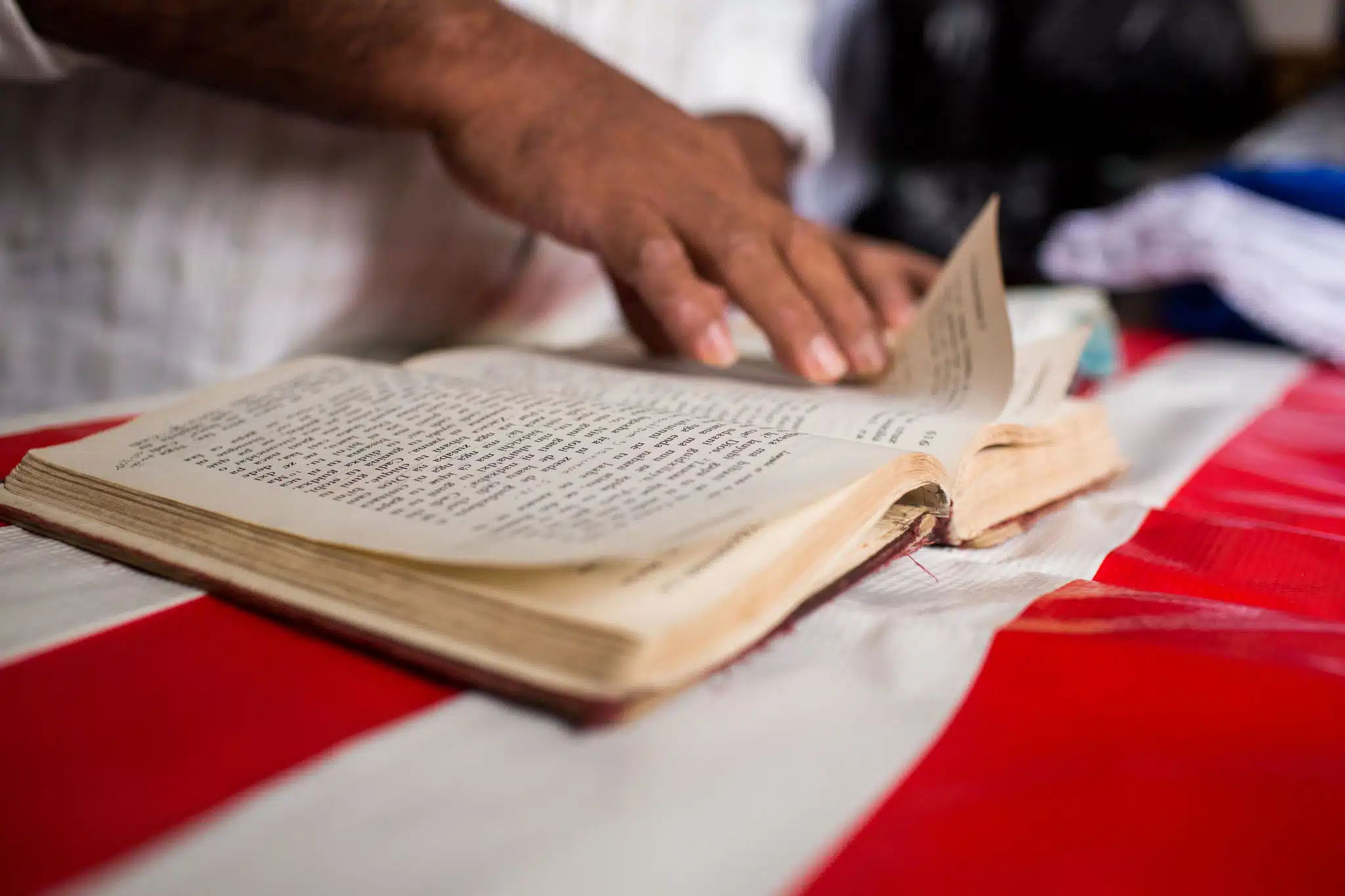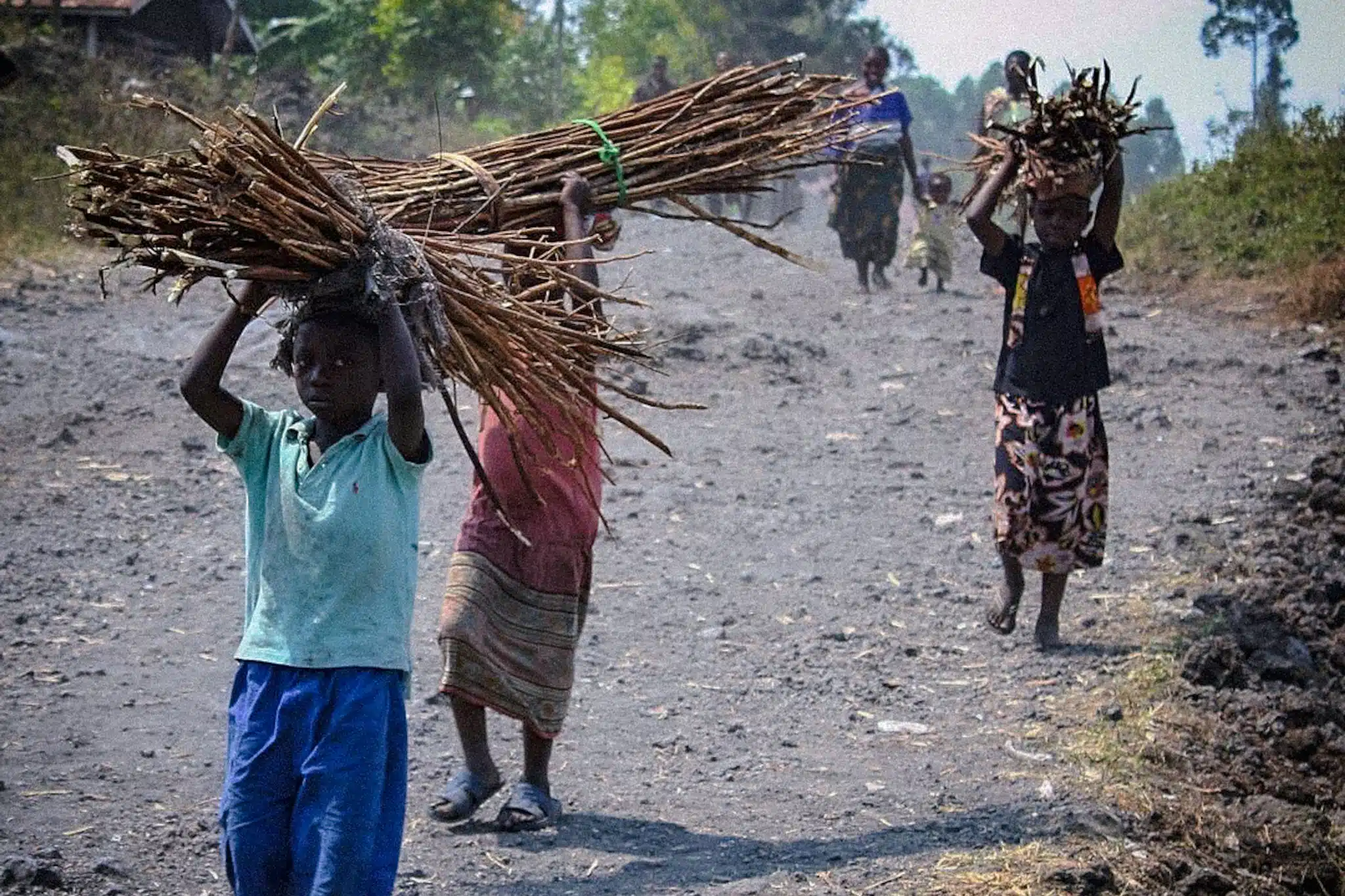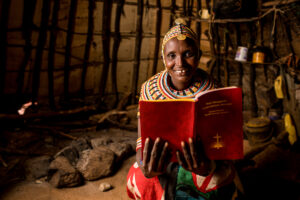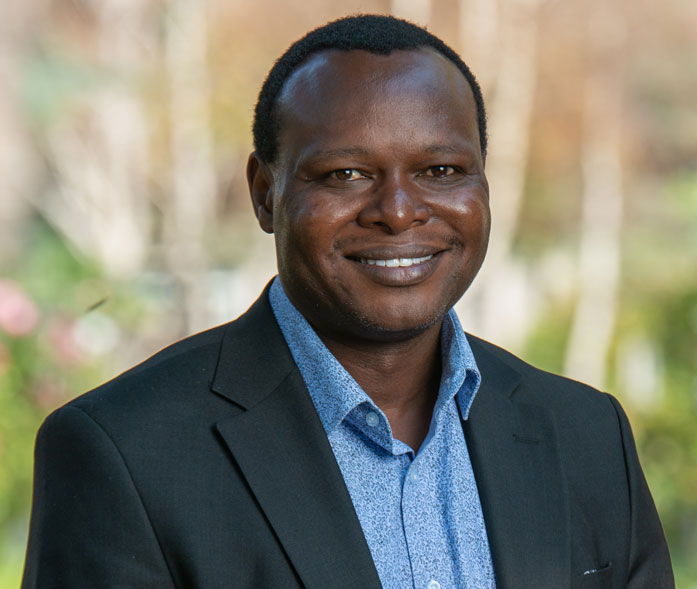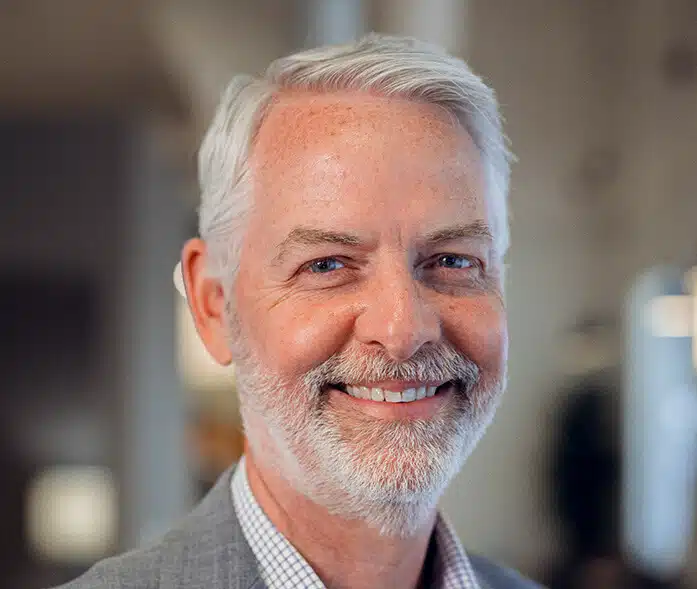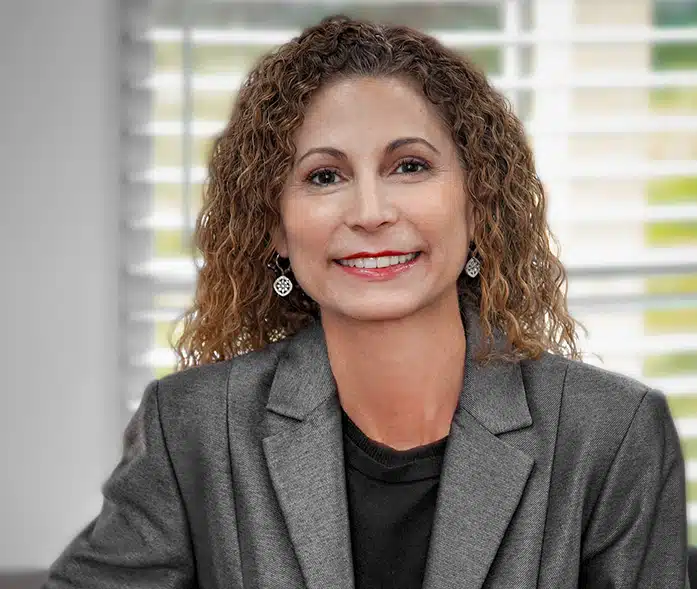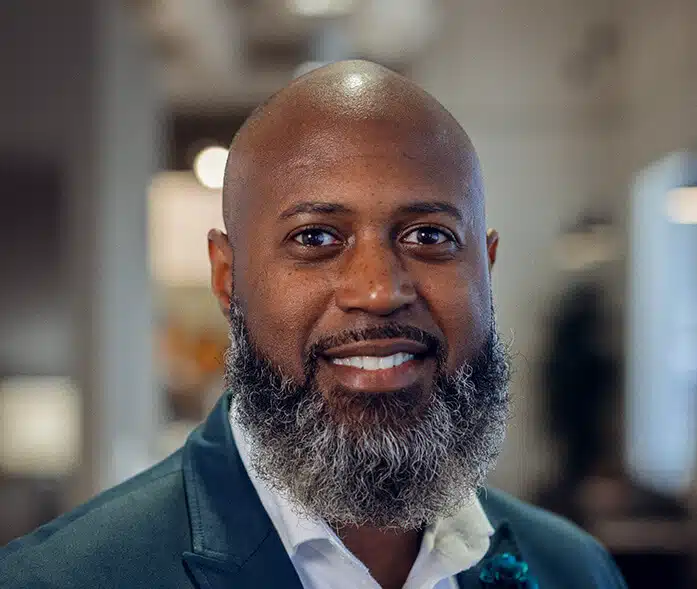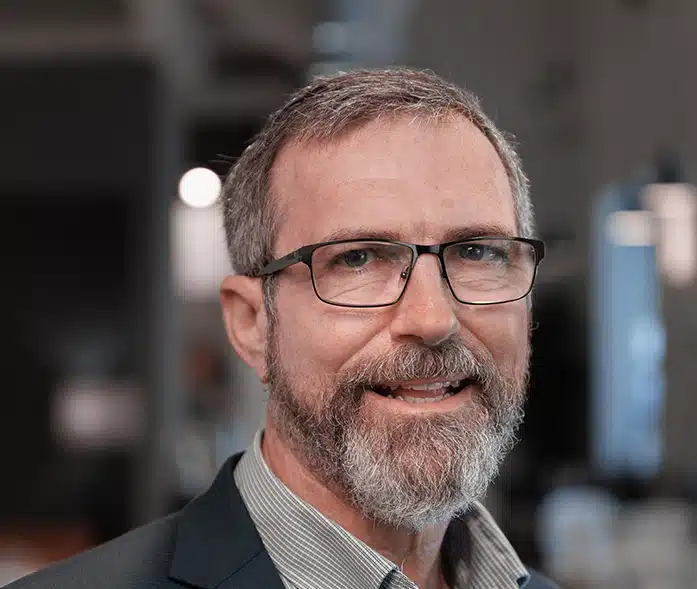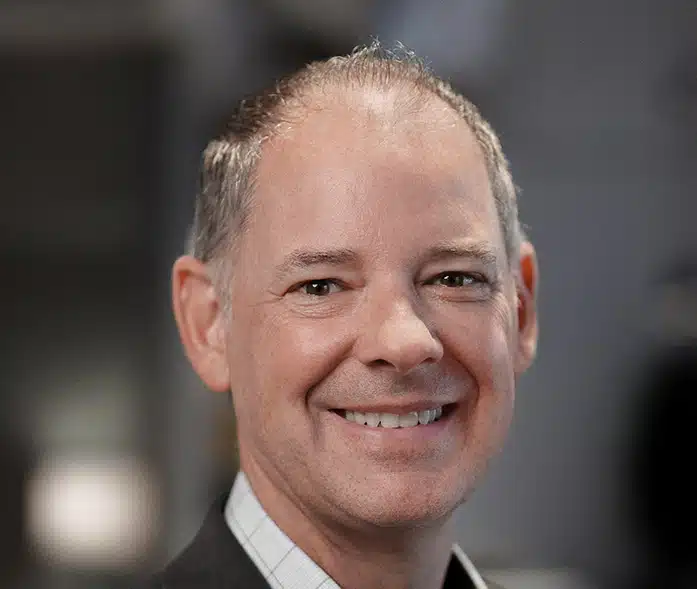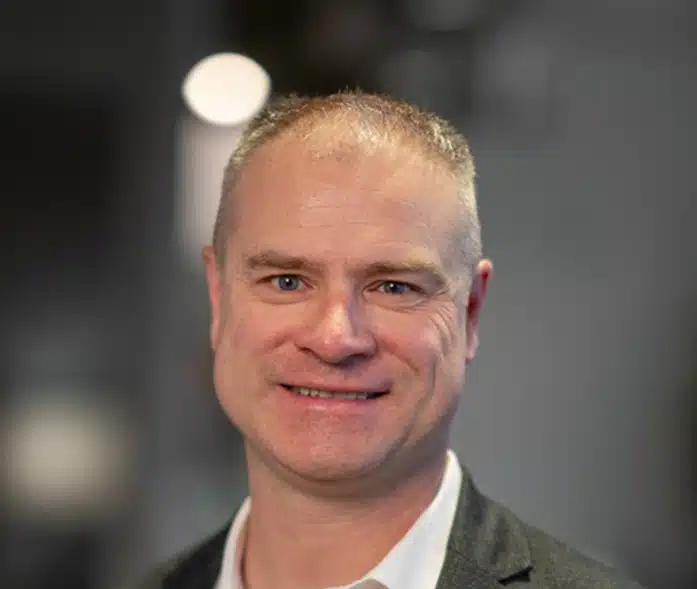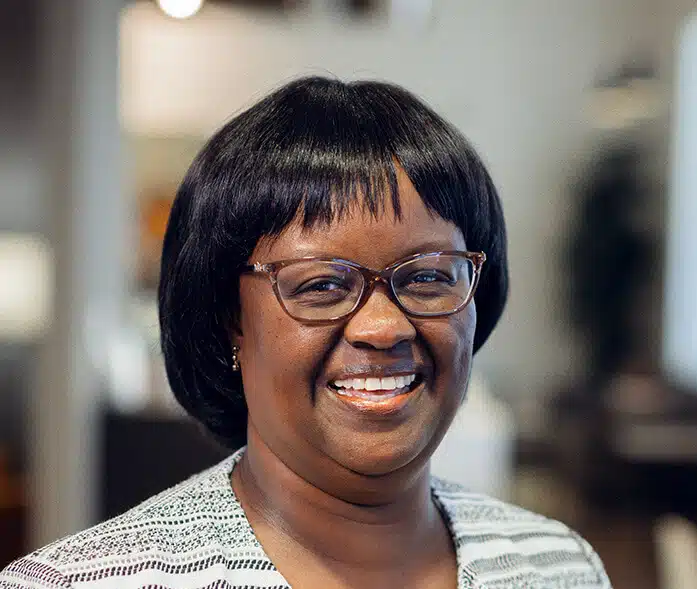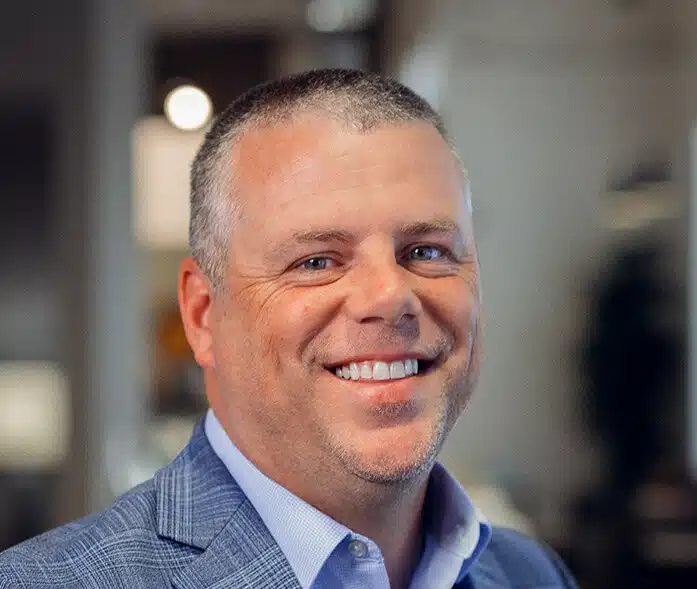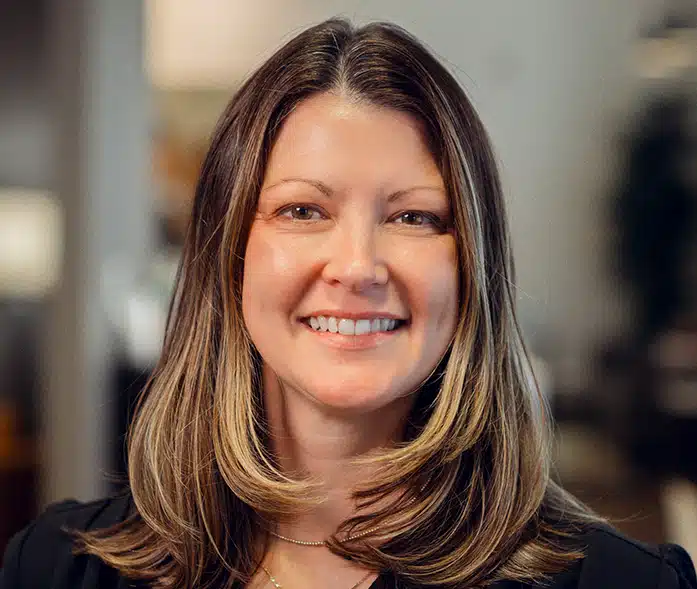When you hold a Bible in your hands, you’re holding the result of centuries of work, prayer, and perseverance. But for over 1 billion people around the world, that experience is still out of reach—not because they don’t want a Bible, but because it doesn’t yet exist in their language.
So what does it actually take to translate the Bible into a new language?
1. Listening First: Understanding the Community
Bible translation begins with people. Seed Company is passionate about partnering with local men and women—those who know their language, culture, and idioms best. Linguists and translation teams will start a translation project by first building relationships with the local community. They lean on local experts to learn how people communicate—not just the vocabulary and grammar, but how ideas are expressed, how stories are told, and what values shape communication. Understanding culture is essential. Translation must make sense not only linguistically but also contextually—so the meaning of Scripture shines through clearly.
2. Building the Language Tools
In many cases, the language being translated doesn’t have a standardized writing system. Teams may spend years developing an alphabet, writing rules, and even helping communities learn how to read and write their own language.
Some language communities prefer to communicate orally or through sign language. Translation projects for those communities are specifically tailored to reach as many people as possible in the format that is most comfortable for them.
This foundational work may include:
- Creating a dictionary and grammar guide
- Developing literacy materials
- Identifying the best recording tools
- Training local speakers to participate in the translation process
This stage is critical. Without it, the translated Bible might exist on paper but remain inaccessible.
3. The Translation Process Begins
Once the linguistic groundwork is laid, the translation process begins. This stage is not a simple one-to-one word replacement. Translators must wrestle with:
- Theological meaning
- Literary style
- Local idioms and figures of speech
For example, the “Bread of Life” may not be as powerful to a culture whose main sustenance is tortillas or rice. The goal is clarity and faithfulness—not just literal accuracy.
Teams use various tools, including:
- Greek and Hebrew source texts
- Translation software and checking tools
- Partner organizations and linguistic consultants
4. Rigorous Checking and Testing
Once portions of the Bible are translated, they go through multiple levels of review:
- Peer review by local translators
- Community testing to ensure clarity and naturalness
- Back-translation into a major language (like English or French) for theological review
- Translation consultant check to make sure the translation is accurate
Only after this lengthy process is the translation considered ready. Often, it will then be published in print, audio, or digital formats, depending on what the community needs most.
5. Equipping the Church
The goal of Bible translation isn’t simply about publication of the written text—or audio recordings for oral communities and visuals for Deaf communities. It’s about life transformation.
Many translation teams partner with local churches to ensure that once the Scriptures are available, they’re also used. Training leaders, producing Bible studies, and equipping pastors are often a part of the final phase of translation work. This is also the power of collaborating with locals who are part of church communities and whose work can be used to boost discipleship efforts.
Why It’s Worth It
From start to finish, a single New Testament translation can take 5–7 years—sometimes more. Even with recent AI tools decreasing this number, projects still involve dozens of people, thousands of hours, and a lot of prayer. But we believe everyone has the right to access God’s Word.
After hearing the translated Gospel of Luke, Reli speaker Mathias said, “ƞulete lo ayi den lokulye lika lo,” which means “God now knows our language.” (They plan to complete their full New Testament by 2027!)
How You Can Help
You can be part of this mission:
- Pray for translation teams and communities still waiting.
- Give to support ongoing projects.
- Share these stories with your church or small group.
Together, we can help bring the Word of God to every nation, tribe, people, and language.

